In the heart of bustling metropolises, Urban Oasis: City Living with a Touch of Nature emerges as a beacon of tranquility, offering urban dwellers a sanctuary to reconnect with the natural world. This concept seamlessly blends urban living with verdant green spaces, fostering a harmonious balance between the concrete jungle and the beauty of nature.
As we delve into this captivating realm, we’ll explore the myriad benefits of incorporating green spaces into urban environments, unravel the principles of biophilic design, and discover innovative practices that promote sustainable living in our urban oases. Join us on this verdant journey as we uncover the secrets to creating thriving urban ecosystems that enhance our well-being and reconnect us with the natural world.
Urban Gardens and Green Spaces: Urban Oasis: City Living With A Touch Of Nature
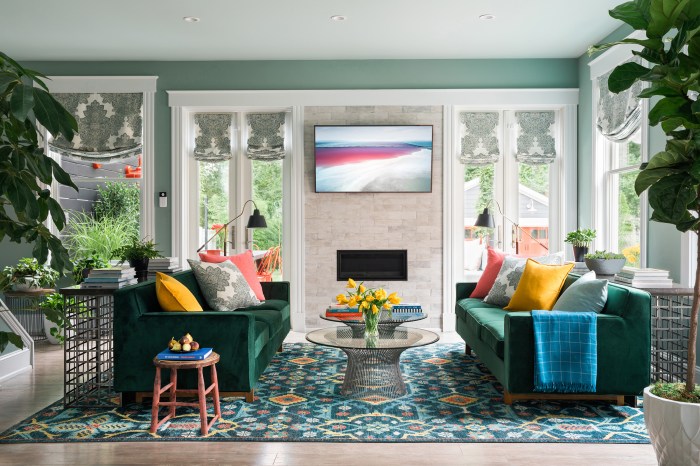
Incorporating green spaces into urban environments offers a multitude of benefits. These spaces provide respite from the hustle and bustle of city life, improving air quality, reducing noise pollution, and mitigating the urban heat island effect.
Urban gardens are a prime example of successful green spaces. They provide fresh produce for local communities, promote physical activity, and foster a sense of community. The Edible Schoolyard in Berkeley, California, is a notable example. This garden-based learning program has improved students’ nutrition, academic performance, and environmental awareness.
Challenges and Solutions
Creating sustainable urban green spaces faces challenges such as land availability, funding, and maintenance. Innovative solutions are needed to overcome these obstacles. Vertical gardens, rooftop gardens, and community-supported agriculture (CSA) models are examples of space-saving and cost-effective approaches.
Biophilic Design in Urban Living
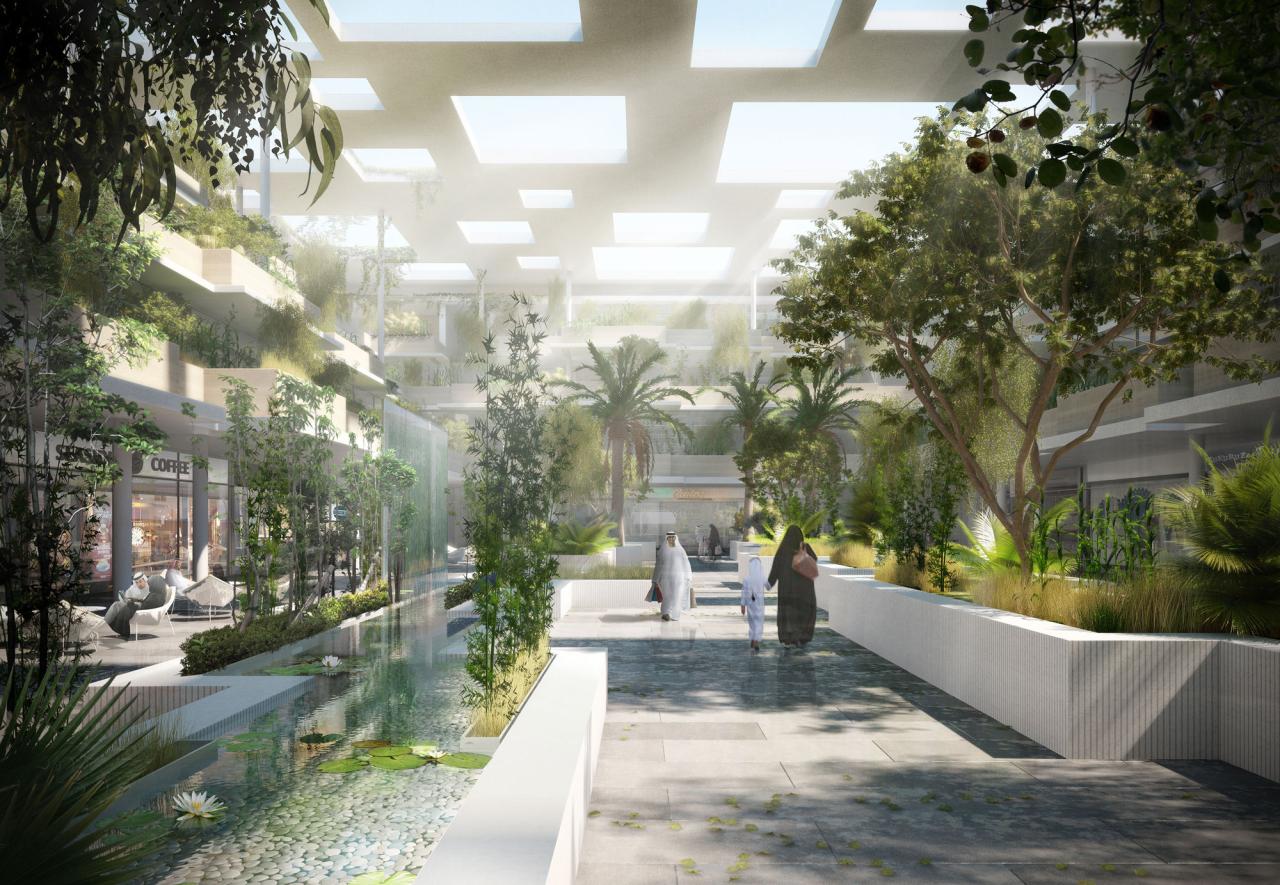
In the heart of bustling urban environments, where concrete and glass dominate the skyline, biophilic design emerges as an oasis, bridging the gap between city living and nature. Rooted in the concept of connecting humans with the natural world, biophilic design aims to enhance our well-being, productivity, and overall quality of life within urban spaces.
Biophilic elements can be seamlessly integrated into urban architecture and interiors, transforming them into living, breathing environments. From verdant green walls adorned with lush plants to natural light flooding through expansive windows, biophilic design brings the outdoors in, creating a sense of tranquility and connection with nature.
Examples of Biophilic Elements
- Natural materials:Wood, stone, and bamboo introduce organic textures and warmth into urban spaces, fostering a sense of comfort and connection with the earth.
- Water features:The soothing sounds of flowing water, whether from a fountain or a pond, create a calming atmosphere, reducing stress and enhancing cognitive function.
- Plants:Living plants not only purify the air but also inject vibrant colors and fresh scents into urban interiors, promoting a sense of well-being and productivity.
- Natural light:Maximizing natural light through large windows and skylights provides vitamin D, boosts mood, and improves sleep quality.
- Biomorphic forms:Incorporating organic shapes and patterns inspired by nature, such as curved walls or leaf-shaped furniture, creates a sense of harmony and connection with the natural world.
Benefits of Biophilic Design
The benefits of biophilic design in urban living are both psychological and physical. Studies have shown that exposure to nature can reduce stress, improve mood, and enhance creativity. Biophilic elements in urban environments can also:
- Improve air quality by absorbing pollutants and releasing oxygen.
- Reduce noise levels and create a more peaceful environment.
- Promote physical activity and encourage social interaction.
- Enhance cognitive function, memory, and attention.
- Foster a sense of community and belonging.
Sustainable Living in Urban Oases
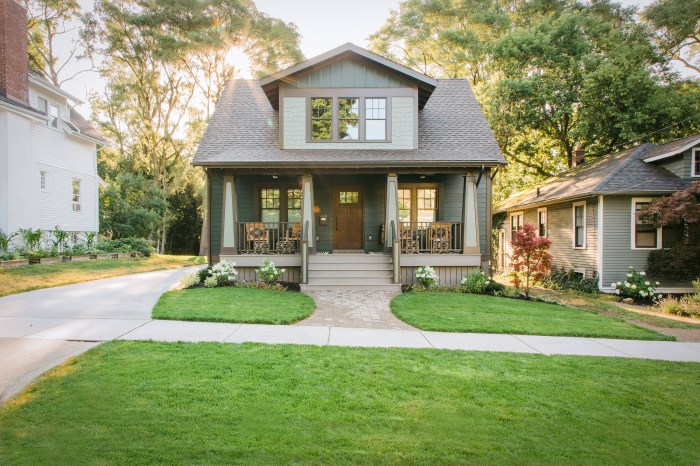
Urban oases, by integrating nature into city living, present opportunities for sustainable practices. From energy efficiency to waste reduction, these oases foster eco-conscious lifestyles.
Eco-friendly urban developments showcase innovative approaches to sustainability. For instance, the Bosco Verticale in Milan incorporates vertical gardens, reducing energy consumption and improving air quality. Similarly, the High Line in New York City transformed an abandoned elevated railway into a vibrant green space, promoting pedestrianization and reducing carbon emissions.
Role of Technology
Technology plays a crucial role in enabling sustainable living in cities. Smart grids optimize energy distribution, while IoT sensors monitor resource consumption and detect inefficiencies. Green building certifications, such as LEED and BREEAM, encourage the adoption of sustainable practices in urban development.
Urban Wildlife and Biodiversity
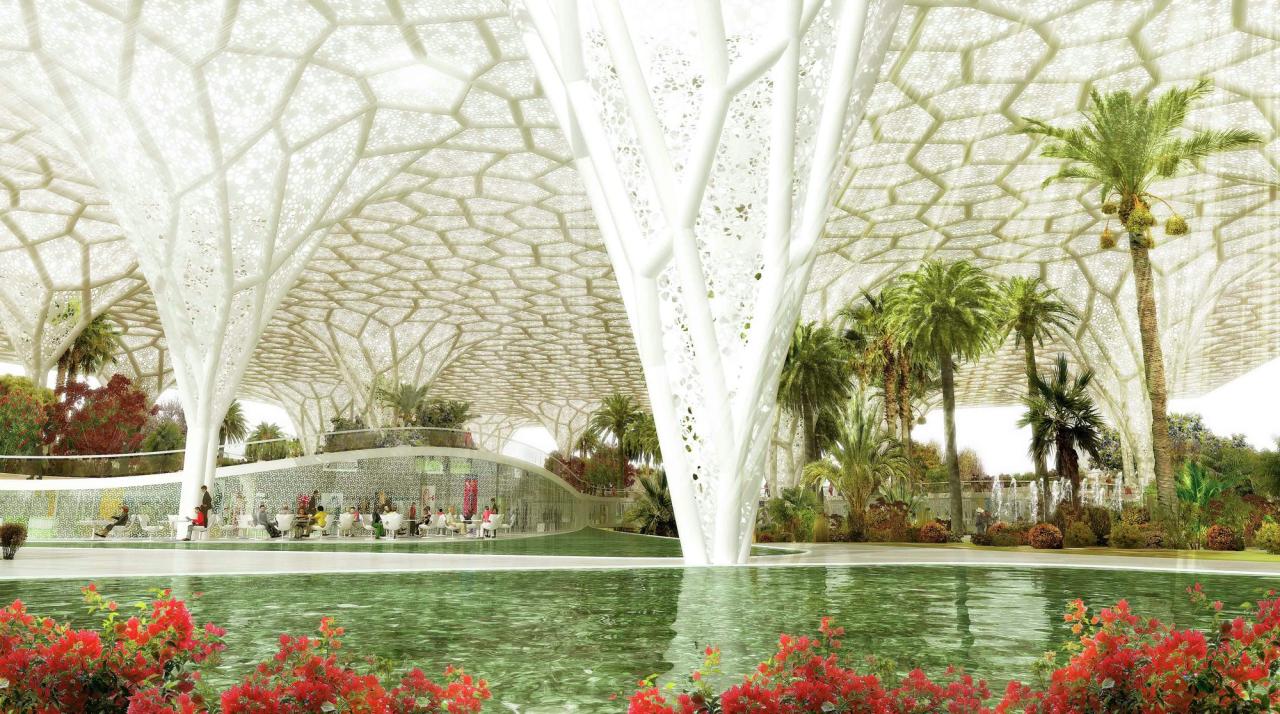
Amidst the concrete jungle of urban landscapes, preserving and enhancing urban biodiversity is crucial for the well-being of both humans and wildlife. Urban oases provide vital habitats for a diverse array of species, fostering ecological balance and enriching the lives of city dwellers.
Initiatives to attract and support wildlife in urban areas are gaining momentum. Green roofs and vertical gardens offer nesting and foraging grounds for birds, insects, and small mammals. Wildlife corridors, such as urban parks and greenways, connect fragmented habitats, allowing animals to move safely and access resources.
Citizen science programs engage the public in monitoring and protecting urban wildlife, fostering a sense of stewardship.
Challenges
Creating wildlife-friendly urban habitats presents challenges, including habitat loss, pollution, and fragmentation. Balancing development with conservation requires careful planning and innovative solutions. Reducing light pollution and using native plant species can minimize the impact on nocturnal wildlife. Incorporating water features and permeable surfaces supports biodiversity by providing essential resources and reducing runoff.
Opportunities
Urban oases offer unique opportunities for wildlife conservation. Rooftop gardens can provide nesting sites for birds of prey, while green walls attract pollinators. Vertical gardens can create microclimates that support a variety of plant and animal species. By embracing biophilic design principles, urban planners can integrate nature into the built environment, creating spaces that benefit both wildlife and human residents.
Mental and Physical Well-being in Urban Oases
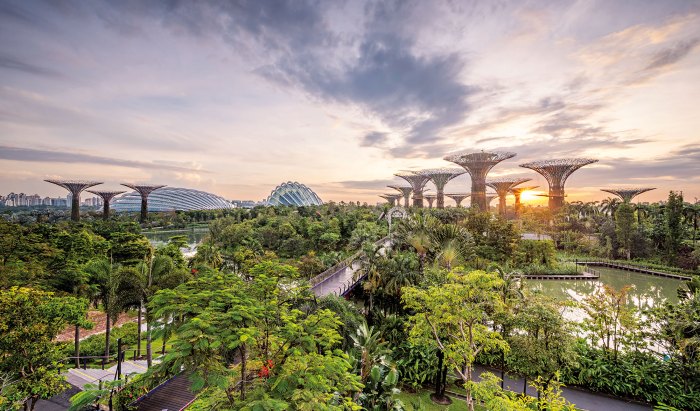
Urban green spaces and biophilic design have a profound impact on mental and physical health. Studies have shown that exposure to nature in urban settings can reduce stress, improve mood, boost cognitive function, and enhance overall well-being.
Benefits of Nature Exposure, Urban Oasis: City Living with a Touch of Nature
- Reduced stress and anxiety: Spending time in green spaces has been shown to lower cortisol levels, the hormone associated with stress.
- Improved mood: Exposure to nature has been linked to increased feelings of happiness, contentment, and optimism.
- Enhanced cognitive function: Studies have found that spending time in green spaces can improve attention, memory, and problem-solving abilities.
- Boosted immune system: Exposure to nature has been shown to increase the production of natural killer cells, which help fight off infections.
- Improved physical health: Urban oases can provide opportunities for physical activity, which can reduce the risk of chronic diseases such as heart disease, stroke, and diabetes.
Strategies for Promoting Well-being
Urban oases can be designed to promote physical activity and reduce stress. Strategies include:
- Creating accessible green spaces: Parks, gardens, and green roofs should be located within easy walking distance of homes and workplaces.
- Providing opportunities for physical activity: Green spaces should include walking trails, bike paths, and play areas.
- Incorporating biophilic design elements: Biophilic design elements such as natural light, plants, and water features can help create calming and restorative environments.
- Encouraging community involvement: Urban oases can be used for community events, gardening programs, and other activities that foster social connections and a sense of belonging.
By creating urban oases that promote mental and physical well-being, we can create healthier and more livable cities for all.
Summary
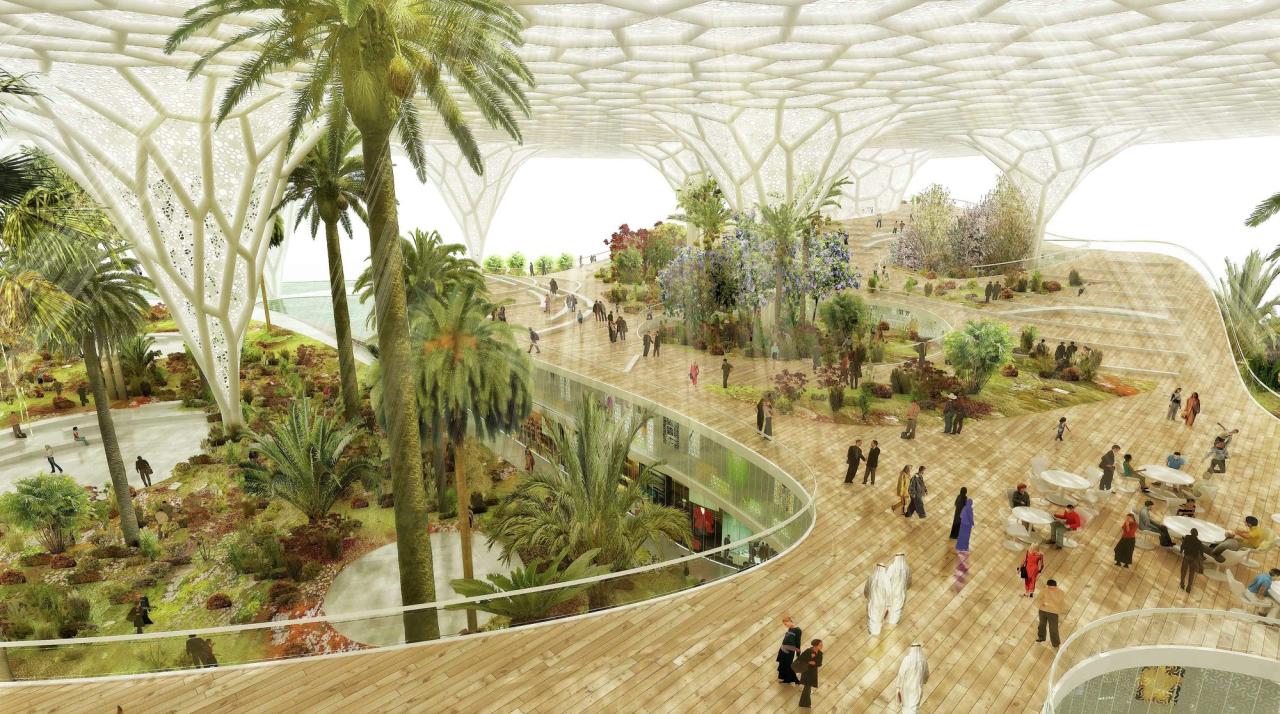
Urban Oasis: City Living with a Touch of Nature is not merely a concept but a transformative approach to urban living. By embracing the power of nature, we can create thriving urban environments that foster our physical, mental, and emotional well-being.
As we continue to innovate and adapt, the future of urban living lies in embracing the harmonious coexistence of city life and the natural world, creating a sustainable and fulfilling urban experience for generations to come.
FAQ Explained
What are the key benefits of incorporating green spaces into urban environments?
Urban green spaces provide numerous benefits, including improved air quality, reduced noise pollution, enhanced biodiversity, increased opportunities for physical activity, and improved mental and physical well-being.
How can biophilic design principles be integrated into urban architecture?
Biophilic design incorporates natural elements, such as natural light, ventilation, greenery, and water features, into urban buildings and interiors. This approach aims to enhance occupants’ well-being and productivity by creating a connection with the natural world.
What are some innovative practices that promote sustainable living in urban oases?
Innovative practices for sustainable urban living include green roofs and walls, rainwater harvesting systems, energy-efficient appliances, and sustainable transportation options. These practices reduce the environmental impact of urban living and create more sustainable urban environments.
